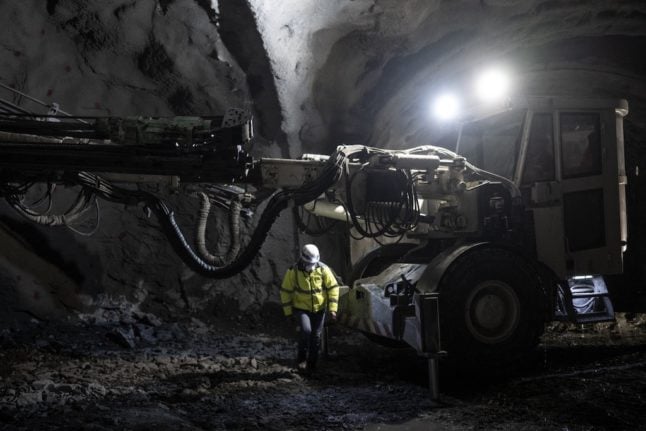The region’s president Eugenio Giani said that the final death toll stood at five after Friday’s accident, which happened as workers were putting together prefabricated concrete structures.
“We can now say there are five dead, it’s a dramatic toll,” he told Italian media.
The bodies of three construction workers were found soon after the collapse, and the body of a fourth was recovered by firefighters working through the night.
Three workers were hospitalised, two of them in a serious but not life-threatening condition.
The accident took place at the site of a new Esselunga supermarket northwest of Florence’s main train station.
Photographs released by the firefighter service showed a beam which appeared to have snapped, bringing down other concrete slabs.
Pope Francis sent his condolences Saturday and called for “greater diligence from those responsible for protecting workers”.
Italy’s newspapers regularly carry stories of workers killed on the job.
Almost 800 deaths at work were recorded in Italy last year, according to official statistics — almost 90 percent of them men, and half aged over 50.
According to European Union statistics, Italy recorded 3.17 workplace deaths per 100,000 employed people, above the bloc-wide average of 2.23 but behind France (4.47) and Austria (3.44).
Across the EU, 22.5 percent of all fatal workplace accidents took place within the construction sector.





 Please whitelist us to continue reading.
Please whitelist us to continue reading.
Member comments